8 items found
Page 1 of 1
-
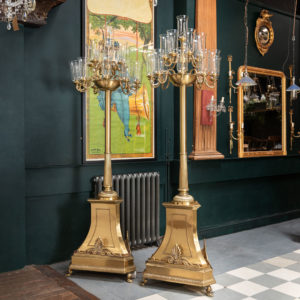
Large Neo-Classical floor lamps
£4,500 eachLarge Neo-Classical floor lamps
eighteen light, with glass storm shades, the tapered shaft of waisted pedestal triform base with anthemion to each side, twentieth century.£4,500 each -
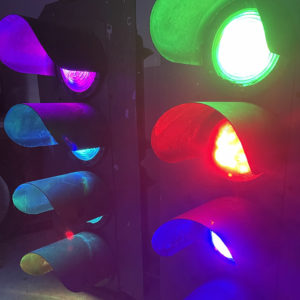
A pair of large British steel and glass railway signal lamps,
£1,975 the pairA pair of large British steel and glass railway signal lamps,
each unit comprising four lamps with clear convex lenses set within a wide facia plate - each lamp directionally hooded, the colour filter and lamp-parts removed and replaced with programmable (or sound-sensitive) polychromatic LED lamps - dmx linked if preferred; to the rear, the workings encased in two weather-proofed compartments,£1,975 the pair -
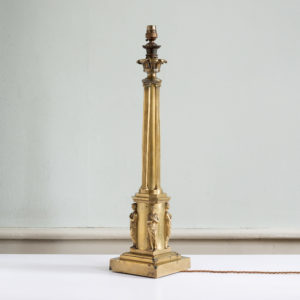
English nineteenth century gilt-bronze lamp base
£1,450English nineteenth century gilt-bronze lamp base
the tapered columnar shaft with four pilasters, the pedestal with female statues to each corner, on plinth base. Re-wired and PAT tested.£1,450 -
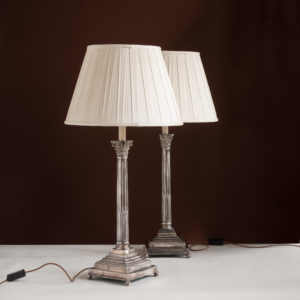
Pair of silver plate Corinthian column table lamps
£950 the pair -
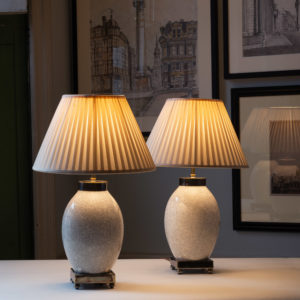
Pair of crackle glaze table lamps,
£900 the pair -
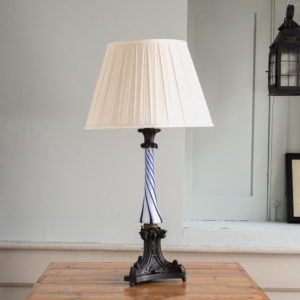
Victorian brass and glass lamp base
£750Victorian brass and glass lamp base
the opaline glass shaft with spiral twist blue line decoration, re-wired and PAT tested. Sold without shade.£750 -
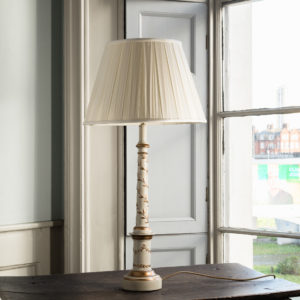
Cream and gilt table lamp
£250Cream and gilt table lamp
cast in resin and re-wired, sold without shade. Shades £70 each, please enquire if of interest.£250 -
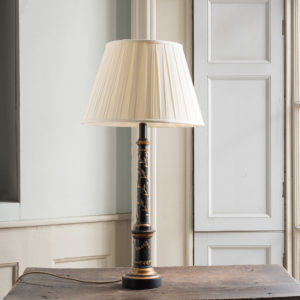
Ebonised table lamp
£250Ebonised table lamp
with gilt decoration, cast in resin, sold without shade. Shades £70 each, please enquire if of interest.£250
Featured Items
-
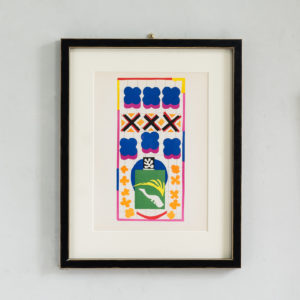
Henri Matisse, ‘The Last Works of Henri Matisse’
£900 eachHenri Matisse, ‘The Last Works of Henri Matisse’
From Verve Vol. IX No. 35/36 published by Tériade under the title 'The Last Works of Henri Matisse'£900 each -
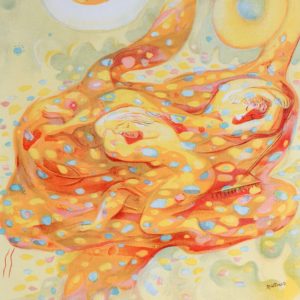
Autumn by Abraham Rattner, Verve Vol. 1 / No. 3.
£600Autumn by Abraham Rattner, Verve Vol. 1 / No. 3.
The Verve Review was a purposefully luxurious. It ran from 1937 to 1960, but with only 38 editions available, due to the high degree of design and editorial work dedicated to each issue. Each edition contained unique lithographic prints, commissioned by the editor, and each cover a double-page lithograph elaborated by one of the artists contained within. It was the brainchild of its editor Stratis Eleftheriades, a Greek National who moved to Paris in the early thirties to take part in the growing Modernist movement, writing under the name of Teriade.£600 -
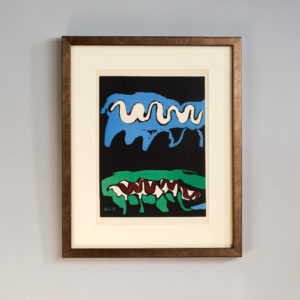
The Four Elements, Earth by Francisco Bores, Verve Vol. 1 / No. 1.
£600The Four Elements, Earth by Francisco Bores, Verve Vol. 1 / No. 1.
The Verve Review was a purposefully luxurious. It ran from 1937 to 1960, but with only 38 editions available, due to the high degree of design and editorial work dedicated to each issue. Each edition contained unique lithographic prints, commissioned by the editor, and each cover a double-page lithograph elaborated by one of the artists contained within. It was the brainchild of its editor Stratis Eleftheriades, a Greek National who moved to Paris in the early thirties to take part in the growing Modernist movement, writing under the name of Teriade.£600 -
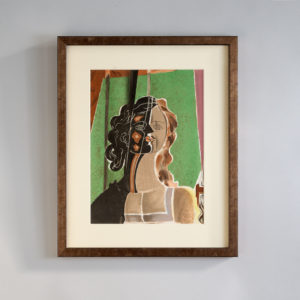
Figure by Georges Braque, Verve Vol 2 / No. 5-6.
£800Figure by Georges Braque, Verve Vol 2 / No. 5-6.
The Verve Review was a purposefully luxurious. It ran from 1937 to 1960, but with only 38 editions available, due to the high degree of design and editorial work dedicated to each issue. Each edition contained unique lithographic prints, commissioned by the editor, and each cover a double-page lithograph elaborated by one of the artists contained within. It was the brainchild of its editor Stratis Eleftheriades, a Greek National who moved to Paris in the early thirties to take part in the growing Modernist movement, writing under the name of Teriade.£800
